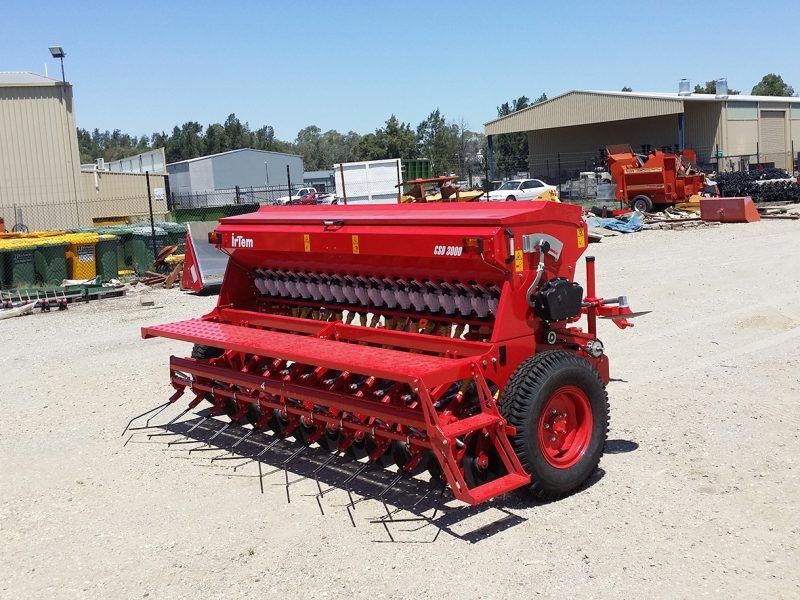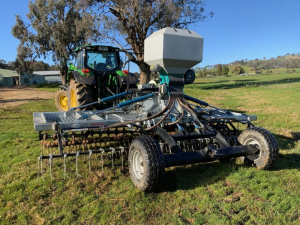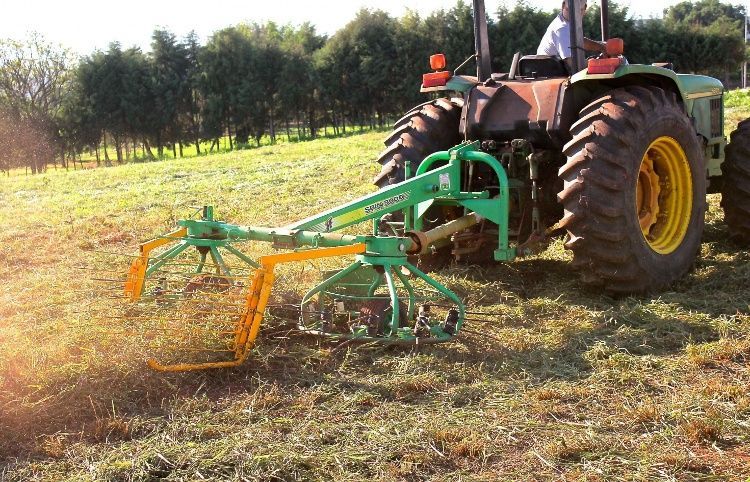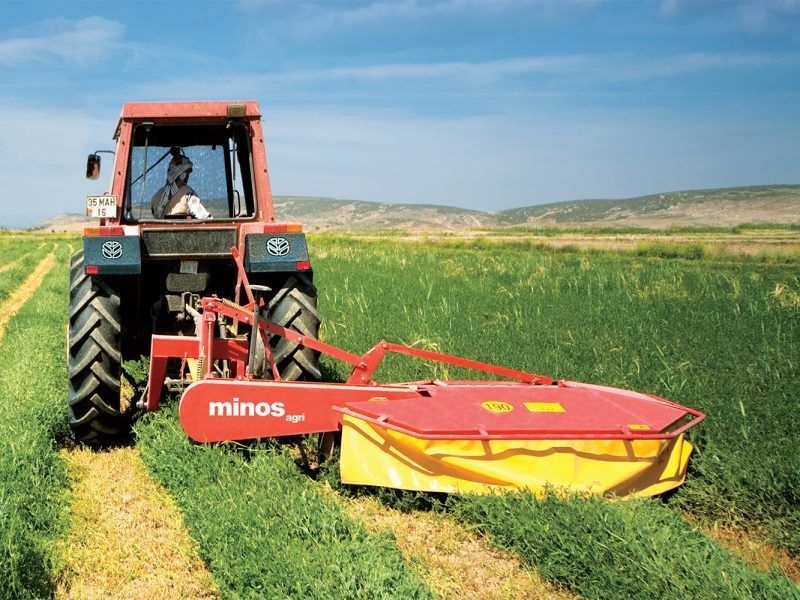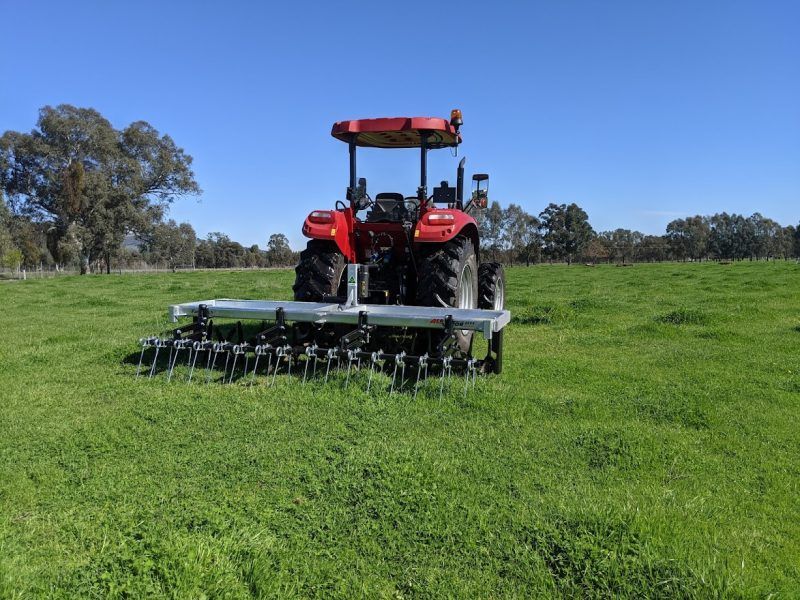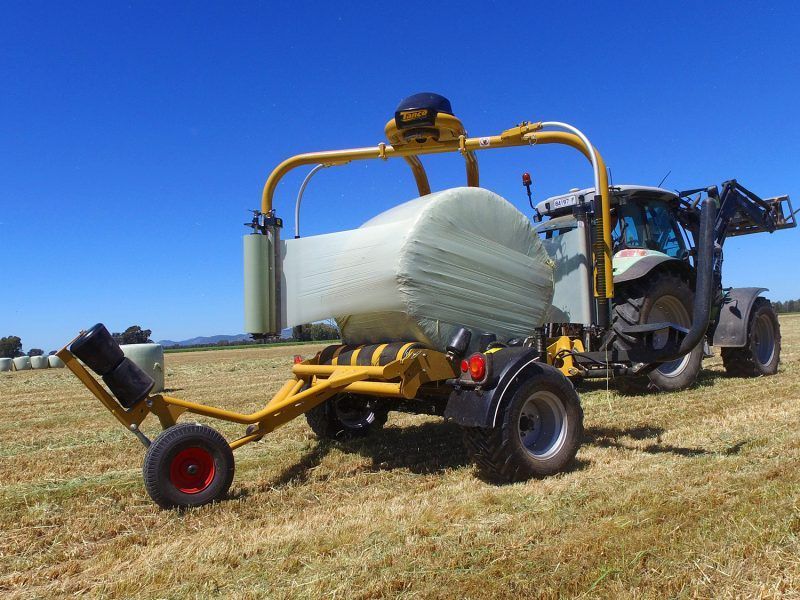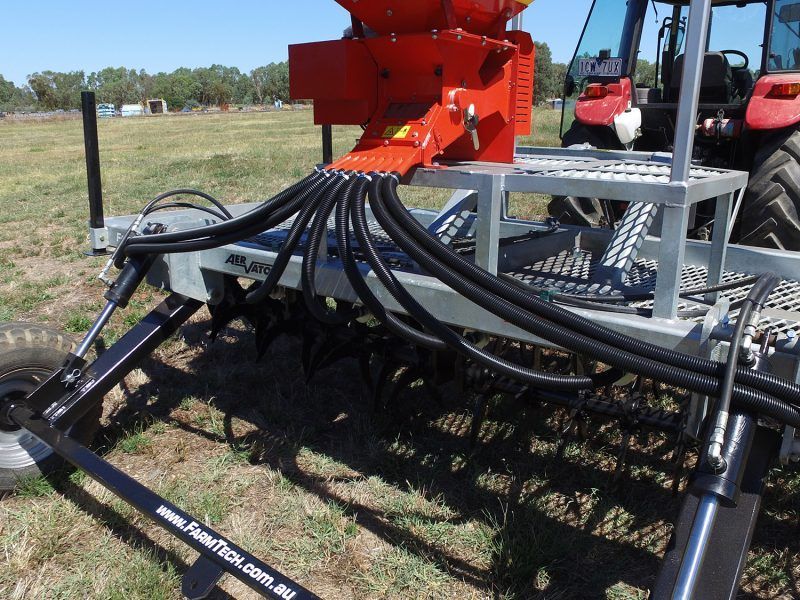Bale Chopper Maintenance: Pro Tips
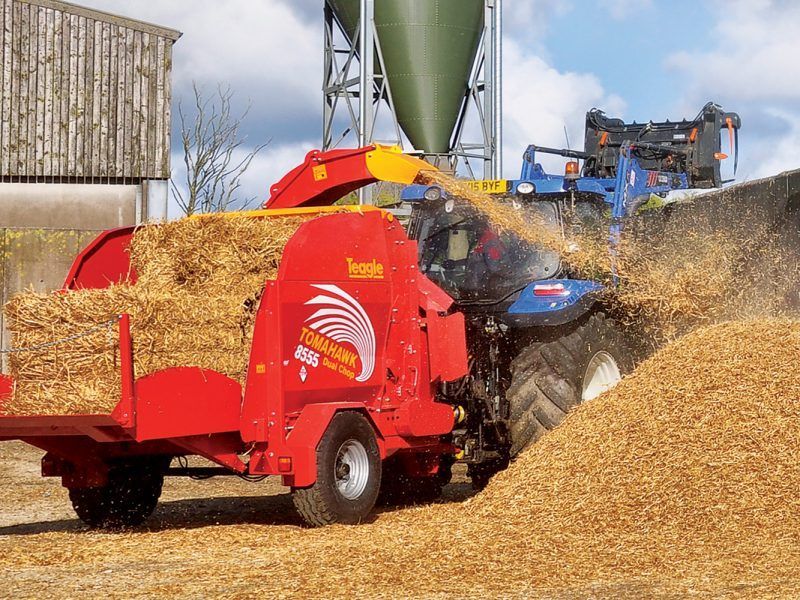
Bale choppers are one of the most used machines on livestock farms, they offer a variety of benefits for livestock farms, so it’s necessary to ensure your bale chopper is serviced and running to its full potential. Not only will the maintenance offer superior chopping of hay and silage, but there’s also better performance when blowing and prevents the likelihood of future breakdowns. Well-maintained bale choppers also need less power to perform tasks, lowering fuel usage.
Before you start working on your machines maintenance, practice caution. Turn the tractor off, remove the key, and alert others that you are working on the machine. Remember, the flywheel can take up to two minutes to come to a standstill, so ensure all moving parts have come to a half before commencing.
PTO
Check and grease your angle PTO shaft regularly. Inspect the slip clutch on the machine end by splitting and inspecting the friction discs, making sure they aren’t stuck together. The minimum distance between the slip clutch shouldn’t be greater than 20mm, replace the discs if you notice the gap is less.
Gearbox
The oil in the gearbox should be checked every month and changed annually. When replacing the oil, pay close attention to your machine’s minimum and maximum oil levels so you can avoid overheating. Also double-check the bolts holding the gearbox onto the machine.
Rotor Drive
Depending on the make and model of your bale chopper, the drive from the gearbox shift to the shredding rotor will be transferred either by belts or chains. Check the conditions of the belts and replace them if worn.
To check tension, depressed each belt. You should see about 16mm of movement, if there is more, loosen off the bolts holding the drive pulley, extend the spindle until the belts are tensioned. Retighten the bolt holding the pulley in place.
Floor Conveyor
It’s crucial to regularly inspect and adjust your chain and slat floor conveyor, to prevent expensive and dangerous damages. To check the tension, lift the slat closest to the centre of your machine. The slat should lift about 25mm, exceeding this then more tension is needed and less if it is over tensioned. Adjust the bolts but ensure they are even to avoid any tracking or slipping of the chains.
Shredding Rotor
We recommend checking the condition and attachment of the knives on your rotor daily. Ensure that they aren’t broken, deformed or loose. The type of material you are chipping dictates how many knives to use. For example, straw and wet long chip silage need 14 knives per rotor, while drier forage material needs 28-42 knives.
Flywheel
You can find the flywheel inspection hatch on either the side of the chamber or at the front. Remove the inspection plate and turn the flywheel by hand. The machines throwing wings should all be straight and securely attached, if you notice any bends this can hamper the machine’s performance. Remove them and replace or straighten them before reattaching the wings as per the manufacturer’s recommendations.
A model to suit your needs
Farmtech is a family business that focuses on meeting the needs of Australian farmers. Whether they’re just around the corner or in any of the states nationwide!
All our machines have been tested extensively on farms and are built for Australian farming conditions, to ensure they perform reliably day-in and day-out, under the harshest conditions.
So if you’re on the hunt for a new bale chopper, have a browse at what we have to offer! If you’re interested in learning more about any of our machines for sale or have any questions, don’t hesitate to give us a call on (02) 8776 3354 or get in contact with us at sales@farmtech.com.au .
You can read more on Jaw-Dropping Tool for Bales



